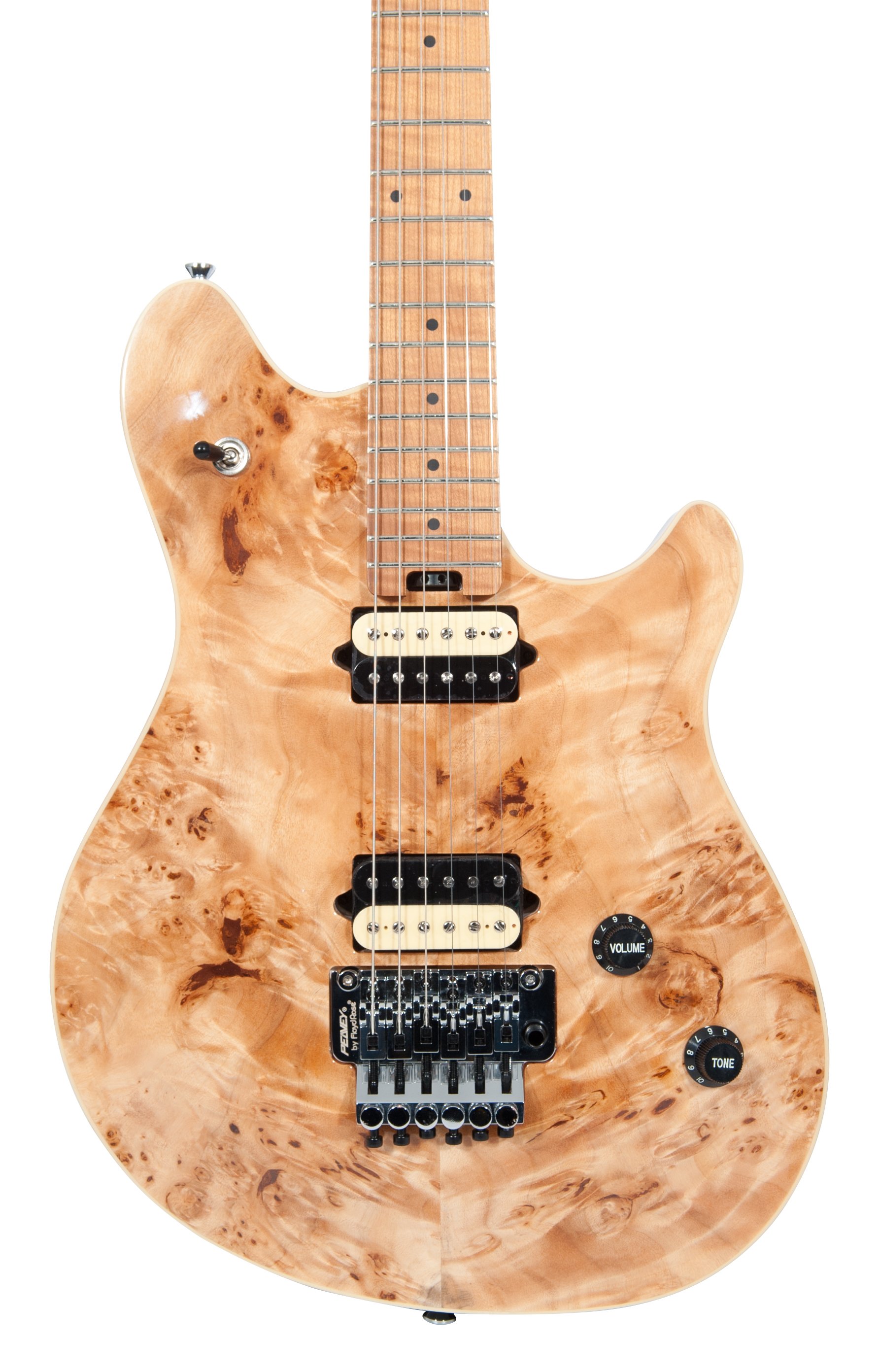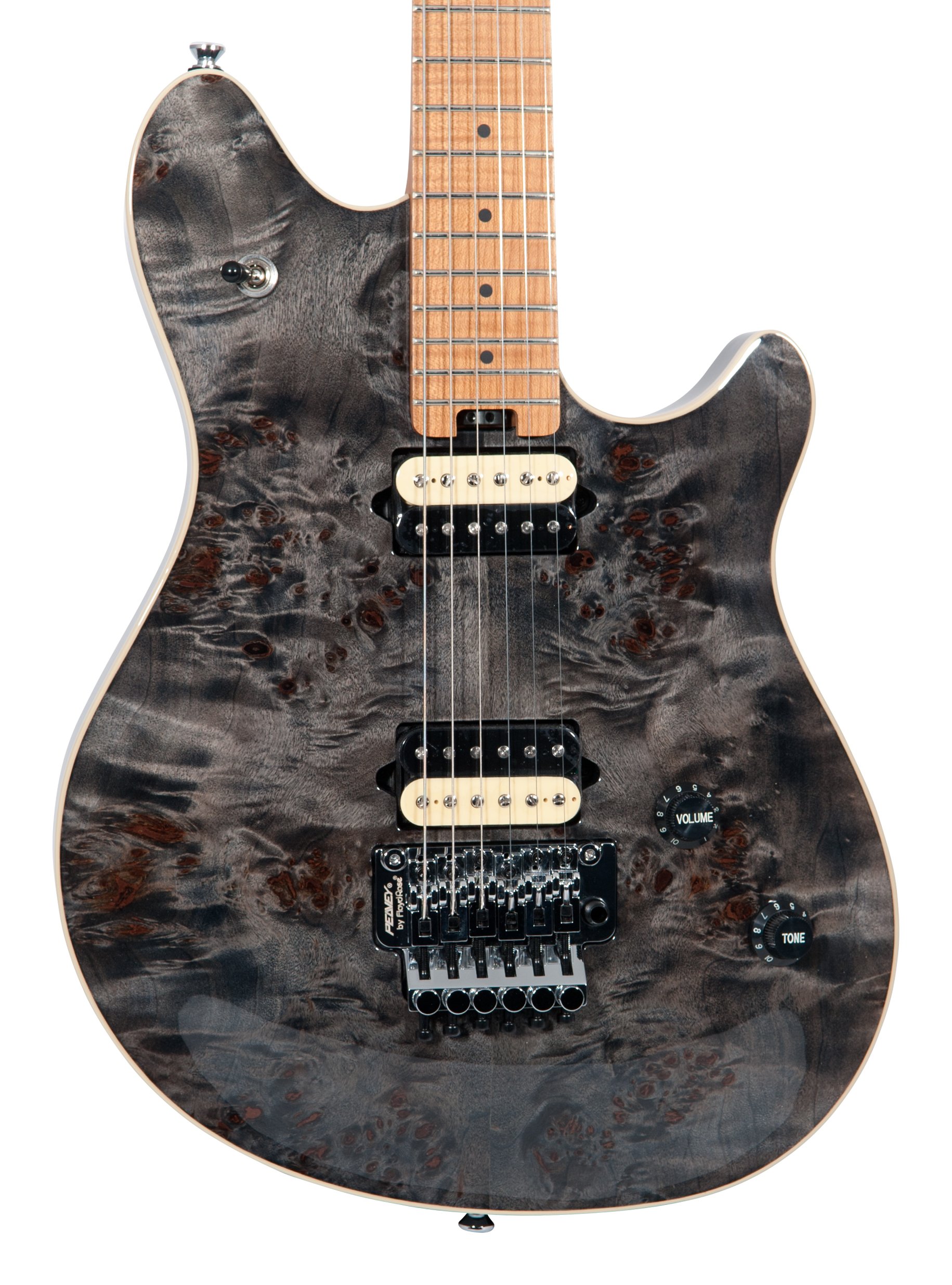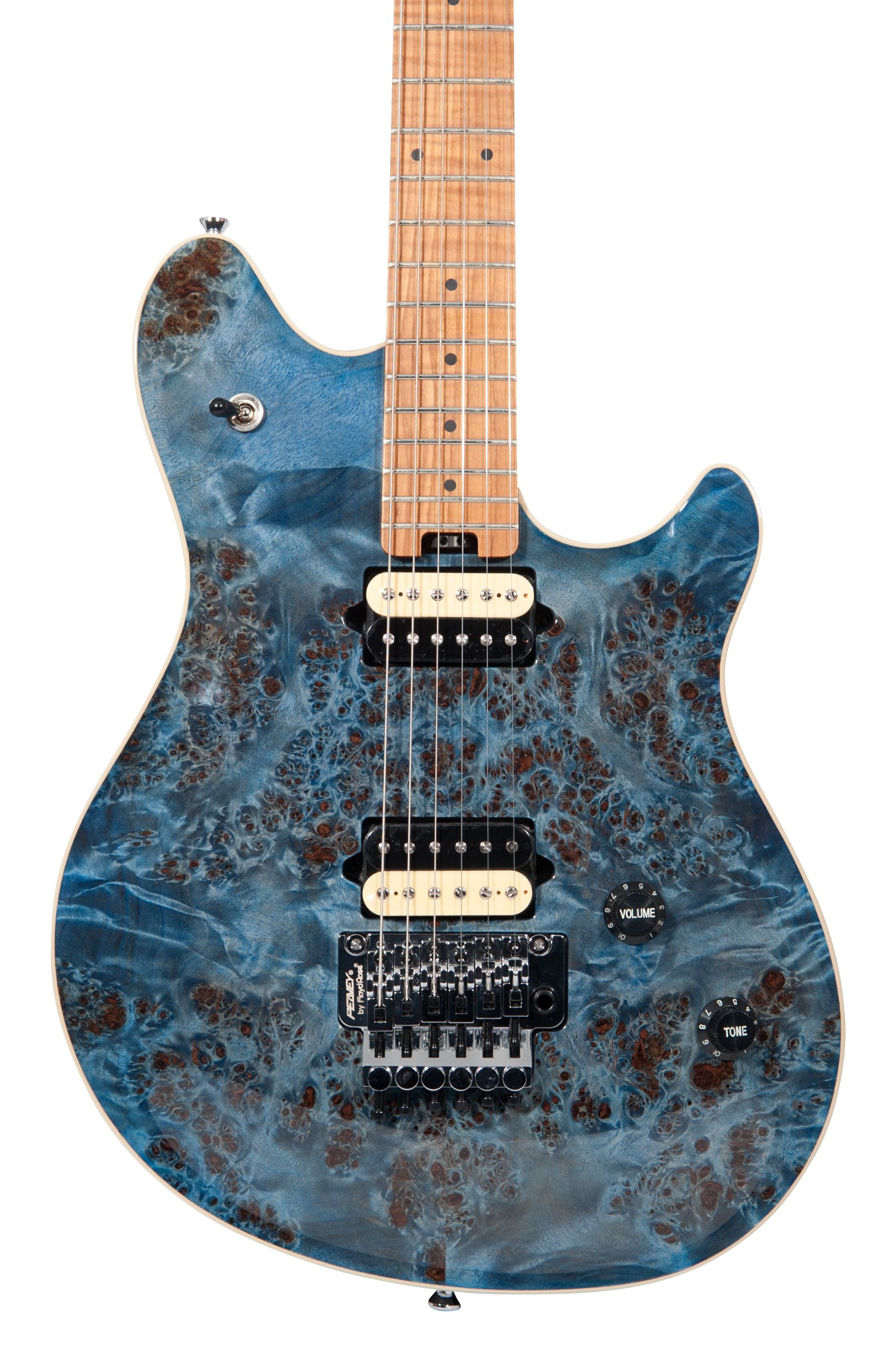History of Peavey Electronics
Peavey Electronics was founded in 1965 in Mississippi by Hartley Peavey, just one year after graduating from Mississippi State University. Hartley had played in bands at college, but it didn’t take long for him to turn his attention from entertaining frat parties to building amplifiers. In fact, Peavey had been making amplifiers since 1957, and most of the amps and PA used by his band were hand-built by the ambitious young man.
The first Peavey-branded amplifier was actually produced in 1961, and it sported the same instantly recognizable logo that’s used by the company today. In 1964, Hartley received his first patent (of the 180 that the company now owns) for a 35-watt solid-state amplifier design. The prototypes used germanium transistors, but he swapped them out for silicon, which was much more durable and dependable.
Then in 1968, he introduced the PA-3 – one of the first affordable and portable PA systems. In an era where few venues had their own PA system, it was an instant and overwhelming hit with small bands and venues, and demand was so high that later that same year Peavey took out a $17,000 (equivalent to over $150,000 today) loan in order to build a factory that could produce the PA-3 in quantities required.
It wasn’t just PA systems that were earning a good reputation either – Peavey’s amps were quickly becoming prized for their blend of good tone and affordable prices. In 1973 Peavey came out with its Classic series of amplifiers, and it was a very apt name – the Classic has remained a key part of the company’s range ever since, and remains a popular budget amp to this day.
Guitar Star
It wasn’t long before Peavey was working on his own line of guitars, to give him similar leverage over stores and dealers as the big guns had. And as a modern and forward-thinking maker on the amp side, Peavey soon became a guitar innovator too.
Hartley had been sketching guitar shapes and designs since high school. In 1977, Peavey released its first guitar model, the T-60 which was the first instrument built using CNC technology. Remarkably, by 1978, Peavey was the largest producer of guitars in the US.
Despite the rapid growth of the company, Peavey always insisted that the brand’s primary focus should be on beginners and affordable instruments. Peavey always retained a focus on making products appealing to beginners. In 1980, they released a series of small, durable practice amplifiers. They were solid-state but had circuitry designed to emulate the sound and response of tube driven amplifiers. The company would later expand on this idea with their TransTube circuits.
The brand also invested in music education, offering classes on pro audio as early as 1975, and teaching people how to use their PA systems. Despite this beginner focus, Peavey also managed to pick up some notable endorsees in this time – including Neal Schon and Carl Perkins – but the best was yet to come.
Eddie Van Halen
Eddie Van Halen onstage with a Peavey Wolfgang guitar in 2004. Image: KMazur/WireImage for Van Halen
In 1992 Peavey launched its biggest and most successful signature product ever – Eddie Van Halen’s 5150. Van Halen was firmly established as the greatest guitarist of his and perhaps any generation by this point, with his legendary ‘Brown sound’ tone the source of much speculation and debate from fans.
The 5150 was a hit, but not just with Van Halen fans – the amp was 120 watts of crushing valve power, and it soon became one of the most common and beloved amps amongst hard rock and metal bands in the 90s.
So popular and significant was the 6505, that Peavey still makes it today – though it was renamed the 6505 after Van Halen ended his endorsement deal with Peavey in 2005 – and it remains hugely popular with 7- and 8-string players especially because of the clarity it offers in the bottom end.
The Van Halen partnership continued in 1996 when Eddie took the signature guitar he’d been making with Music Man for four years, revamped it with the help of Peavey’s Jim DeCola (now the Master Luthier at Gibson), and rechristened it the Peavey Wolfgang.
Various iterations of the guitar were produced over the next 8 years, before Eddie ended his endorsement deal – the guitar remains in the Peavey line-up as one of its few USA-made instruments, now dubbed the HP-2.
Long-term Innovators
The company continues to be active and inventive in the amp world, however – the brand recently teamed up with Periphery main man Misha Mansoor to create the Invective head, which is available in both mini and full-size forms. The year 2025 will mark the company’s 60th Anniversary, and it’s safe to say that Hartley Peavey has done it his way.











